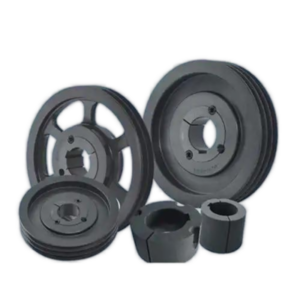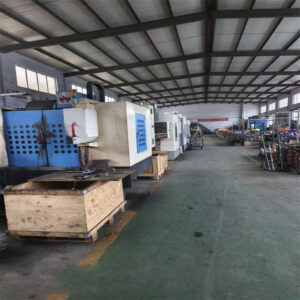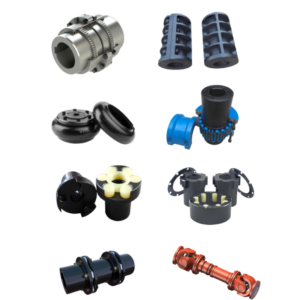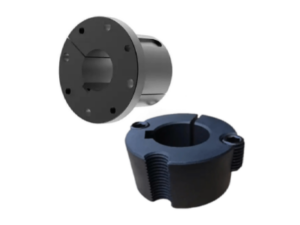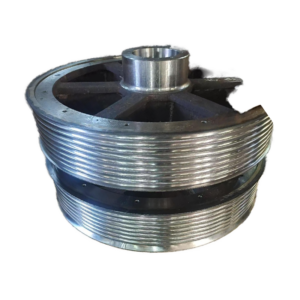Collets are crucial clamping components in machining, and their material selection directly impacts performance, durability, and suitability for different applications. Below is an overview of common collet materials and their ideal usage scenarios:
1. High-Speed Steel (HSS)
- Characteristics: High hardness, wear resistance, and heat resistance.
- Applications: Suitable for high-speed machining of metals (e.g., milling, turning, drilling).
- Advantages: Long service life, maintains sharpness under high temperatures.
- Limitations: More expensive than carbon steel, may require lubrication.
2. Carbon Steel
- Characteristics: Good strength and moderate wear resistance, cost-effective.
- Applications: General-purpose clamping in low-to-medium-speed operations (e.g., woodworking, light metalworking).
- Advantages: Affordable, widely available.
- Limitations: Lower heat resistance, prone to wear under heavy loads.
3. Spring Steel (e.g., 65Mn, 60Si2Mn)
- Characteristics: High elasticity and fatigue resistance.
- Applications: Precision collets requiring flexibility (e.g., CNC tool holders, ER collets).
- Advantages: Maintains clamping force under vibration, durable in dynamic conditions.
- Limitations: Requires proper heat treatment to avoid brittleness.
4. Stainless Steel (e.g., 304, 316)
- Characteristics: Corrosion resistance, moderate strength.
- Applications: Wet or corrosive environments (e.g., medical devices, food processing, marine applications).
- Advantages: Resists rust and chemical damage.
- Limitations: Lower hardness compared to HSS, not ideal for heavy-duty cutting.
5. Tungsten Carbide
- Characteristics: Extreme hardness and wear resistance.
- Applications: High-precision, high-wear applications (e.g., micro-machining, grinding).
- Advantages: Exceptional durability for abrasive materials.
- Limitations: Brittle, expensive, and difficult to machine.
6. Brass or Bronze
- Characteristics: Soft, non-marring, good conductivity.
- Applications: Delicate workpiece clamping (e.g., electronics, optics) to avoid surface damage.
- Advantages: Prevents scratches on soft materials.
- Limitations: Low strength, not suitable for heavy loads.
Selection Guidelines
- High-speed machining: HSS or carbide.
- General clamping: Carbon steel or spring steel.
- Corrosive environments: Stainless steel.
- Precision elasticity: Spring steel.
- Non-destructive clamping: Brass/bronze.
Proper material selection ensures collet longevity, machining accuracy, and operational efficiency.

